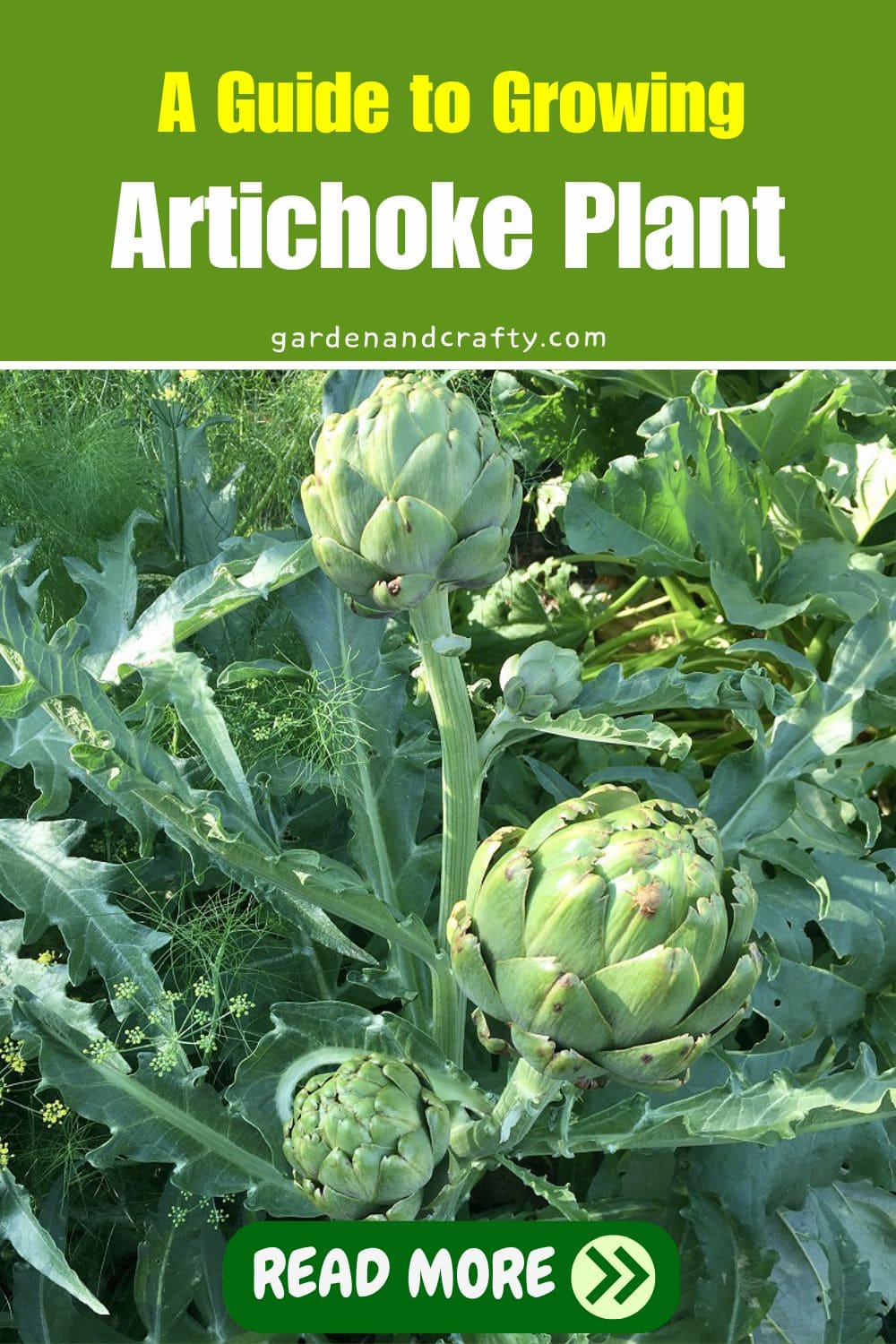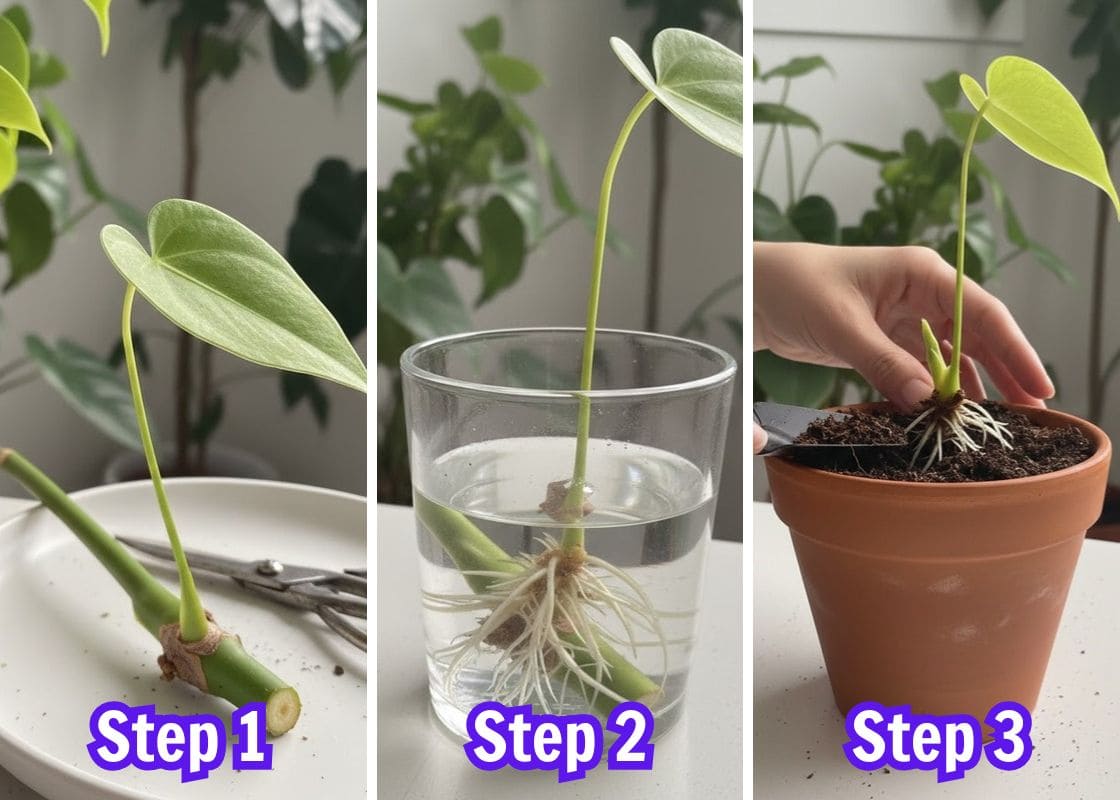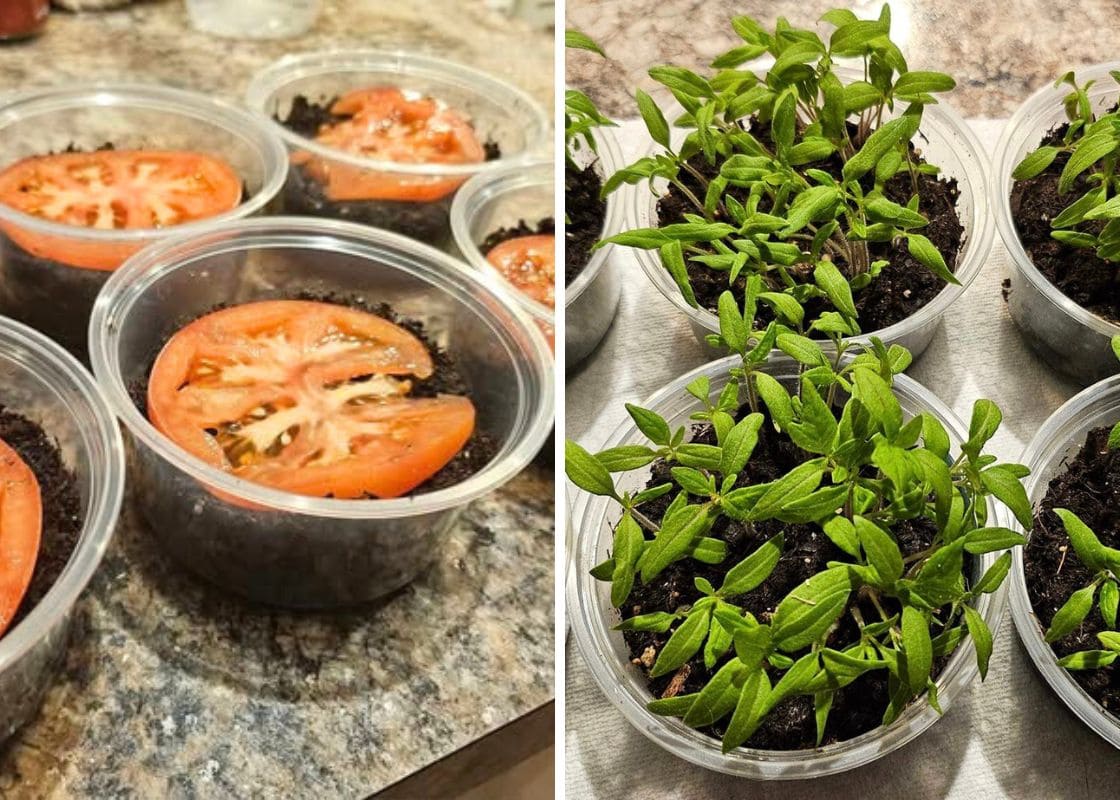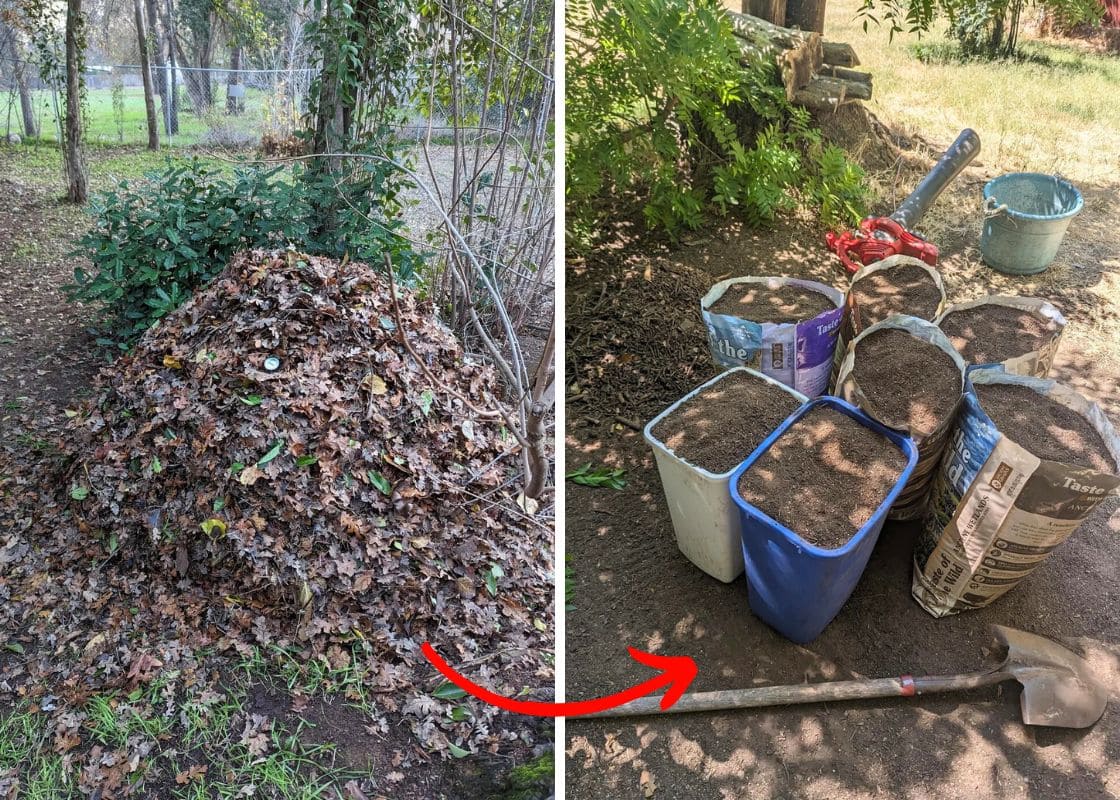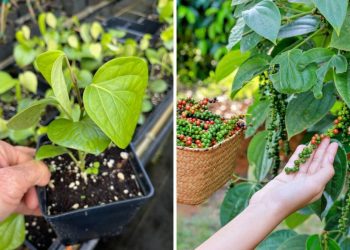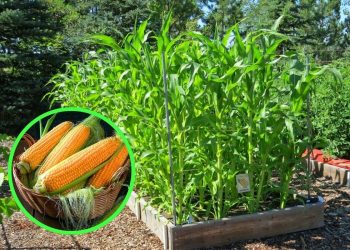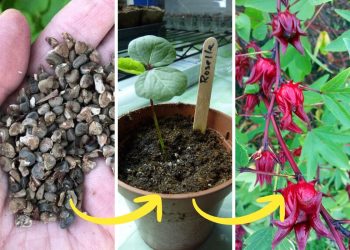Artichokes thrive as perennials in warmer climates and can be grown as annuals in cooler regions.
What sets artichokes apart are their edible flower buds, harvested before they blossom into purple thistles.
Besides their culinary appeal, artichokes are rich in fiber, vitamins C and K, folate, and magnesium, offering numerous health benefits.
With their silvery-green leaves and robust stems, these plants add elegance and resilience to any garden.
Summary:
- Artichokes thrive in full sun and well-drained, fertile soil. They need regular watering, good air circulation, and protection from strong winds.
- You can start seeds indoors eight weeks before the last frost or use cuttings from mature plants.
- Harvest when buds are plump and firm. Preserve by freezing, pickling, canning, drying, or marinating.

| Botanical Name | Cynara scolymus |
| Common name | Artichoke, globe artichoke, French artichoke, green artichoke |
| Family | Asteraceae |
| Plant Type | Herbaceous, perennial, biennial |
| Height | 3-6 ft. tall, 4-5 ft. wide |
| Sunlight | Full sun |
| Soil | Well-drained |
| Flower Color | Purple |
| Flowering Season | Summer, fall |
| Native Area | Mediterranean |
Propagation From Cuttings
You can propagate artichokes from cuttings in the fall or winter by delicately uncovering the base of a mature artichoke plant to reveal its roots.
Them use a sharp knife, carefully detach offshoots along with their roots and ensure they are at least eight inches long for optimal growth.
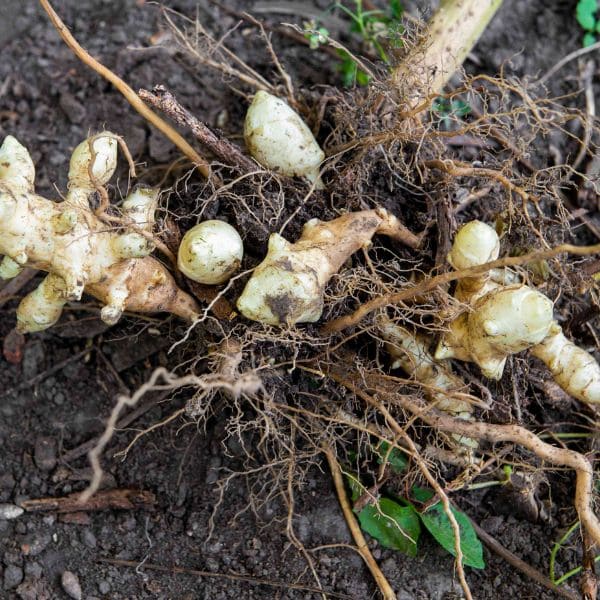
Next, you need to plant the offshoots in well-draining soil, positioning them at least six feet apart from the parent plant to allow ample space for development.
Growing Artichoke
Preparation
When selecting artichoke varieties, consider factors such as climate, taste preferences, and growth habits:
- ‘Green Globe’: Renowned for its large, globe-shaped buds and robust growth, well-suited to various climates.
- ‘Imperial Star’: Ideal for cooler climates, with early harvests and compact size suitable for smaller gardens.
- ‘Purple of Romagna’: Boasting striking purple hues and tender, flavorful artichokes, adapted to Mediterranean climates.
- ‘Violetto di Chioggia’: Another purple variety prized for its delicate flavor and thriving in sunny, well-draining locations.
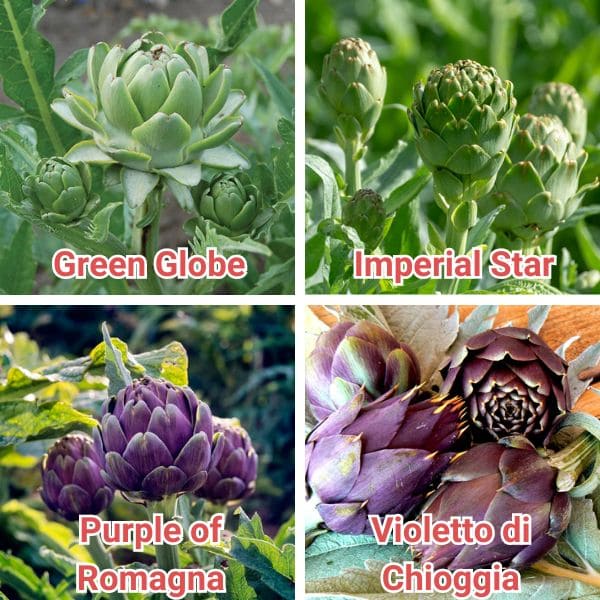
Growing Artichoke In Containers
Firstly, you should use large, deep pots with an 18 or 20-inch diameter, or a 20-gallon fabric grow bag and ensure the container has proper drainage holes at the bottom.
Next, fill the container it with a combination of high-quality potting mix and compost in a 50:50 ratio to provide the necessary nutrients.
Also, incorporate a slow-release organic vegetable fertilizer into the growing media to ensure a steady supply of nutrients throughout the growing season.
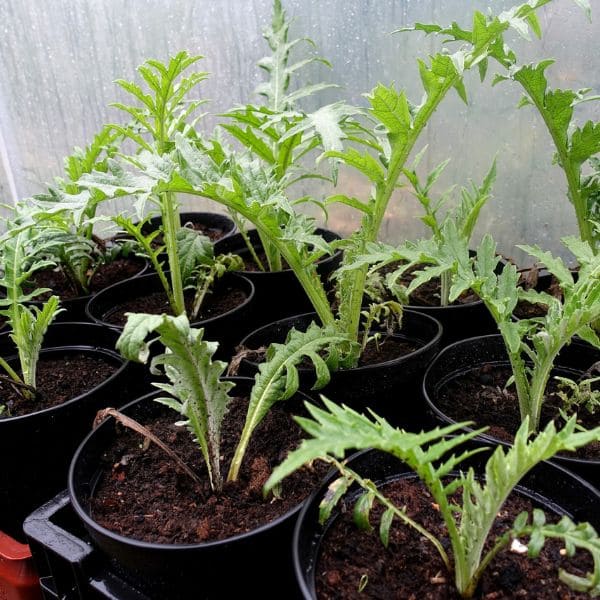
Now, you can plant the artichoke in the center and ensure the crown is level with the soil surface.
Then, you should water the plant regularly and place the container in a sunny location with at least 6-8 hours of sunlight per day.
Care for Artichoke
Here are main requirements when caring for artichoke plants:
- Thrive in full sun, requiring at least 6-8 hours of sunlight daily.
- Plant artichokes in well-draining, nutrient-rich soil.
- Keep the soil consistently moist but not waterlogged.
- Space artichoke plants 3-4 feet apart to allow for proper airflow and prevent overcrowding.
- In cooler climates, provide protection for overwintering plants by mulching around the base and covering them with frost blankets.
Light
Artichokes flourish in full sun, their growth optimized with at least 6-8 hours of sunlight daily. While they can endure partial shade, it may hinder flower bud development.
Soil
You should opt for loamy soil with excellent drainage to prevent root rot, especially crucial in overwintering areas.
In addition, balance is key; so you should aim for a pH level between 6.5 and 7.5 and amend the soil pre-planting, especially for perennial growth.
Water
Water artichokes consistently, providing 1 to 2 inches per week. You can water in the morning to reduce evaporation and ensure optimal absorption.
You should utilize drip irrigation for efficient watering, and mulch heavily with organic materials to retain moisture and regulate soil temperature.
Temperature and Humidity
Artichokes, typically grown in USDA zones 7-11, flourish in the Mediterranean and California.
As perennials, they thrive in areas with mild winters (50-60°F) and cool, moist summers (70-80°F). Mulching is essential to prevent early flowering caused by overly hot soil.
Pruning
You should remove dead or damaged foliage to promote airflow and prevent disease.
Then, trim back spent flower stalks to redirect energy towards new growth and encourage continued production of tender buds.
Fertilizer
Prioritize nitrogen-rich fertilizer by applying 2 teaspoons of a 21-0-0 formula per plant every 4 weeks, beginning 4 weeks post-transplanting.
You need to apply fertilizer every 4-6 weeks during the growing season, then place the fertilizer beside each plant and irrigate into the soil to ensure robust growth.
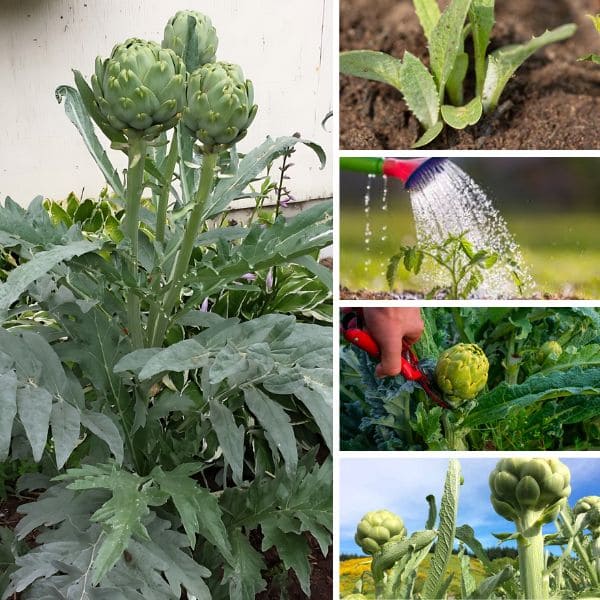
Pests and Diseases
You need to watch out for pests as slugs can be troublesome during damp conditions, particularly for young, tender leaves.
If you notice aphids, you should wash them off before an infestation occurs. Besides, providing ample airflow around the plants helps deter aphids.

In addition, gray mold or Botrytis can affect leaves and flower bracts, especially on damaged foliage. You need to promptly remove affected leaves and use a fungicide like neem.
Also, viruses transmitted by aphids can cause a decline in plant health and yield. Controlling aphids is crucial to prevent virus spread.
Common Problems
Artichoke Curly Dwarf
This viral disease causes stunted growth and distorted, curled leaves, often transmitted by aphids. To manage, you can control aphid populations and promptly remove infected plants.
Bacterial Crown Rot
This soil-borne disease affects the crown and roots, causing wilting and yellowing. Don’t worry because you can improve soil drainage, avoid overwatering, and apply copper-based fungicides.
Yellow Leaves
Yellowing may indicate nutrient deficiencies or overwatering. Adjust fertilization and watering practices accordingly for healthy foliage.
Harvest
Artichoke harvesting typically begins in late July or early August and lasts until frost. Wait until the buds are plump and firm, typically 3-4 inches in diameter, with tightly closed scales.
Next, you use sharp garden shears to cut the stems 1-2 inches below the base of the bud, then continue regular watering and feeding to support plant growth.
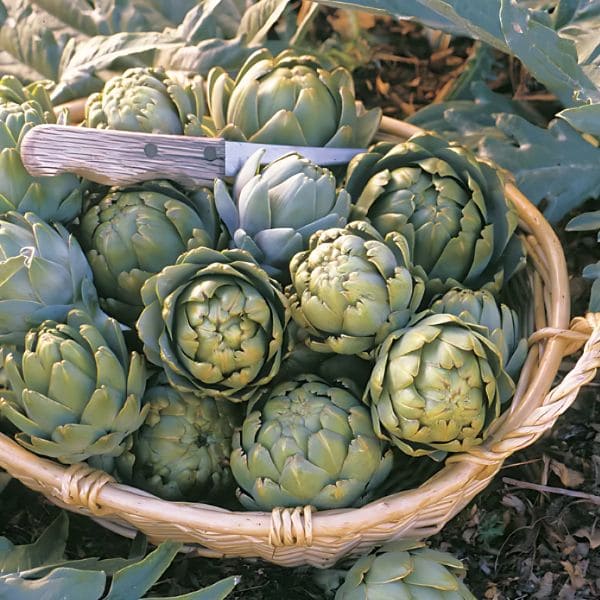
Preservation
To keep your artichokes for later, try freezing them after blanching the trimmed hearts and packing them into containers.
Alternatively, you can pickle them by slicing them thinly and placing them in sterilized jars with brine.

If you prefer, can them by packing the trimmed hearts into jars and processing them in a pressure canner.
Another tasty option is to marinate them in a mixture of olive oil, vinegar, herbs, and spices, then store them in sterilized jars in the refrigerator for future enjoyment.
FAQs
How many artichokes do you get from one plant?
You can typically expect to harvest 6 to 10 artichokes from one plant each growing season. However, the exact number can vary depending on growing conditions and care.
How many times can you harvest artichokes?
Artichokes can be harvested multiple times during the growing season.
The primary harvest occurs in late spring or early summer, and a secondary, smaller harvest can happen in the fall if conditions are favorable.
Why are artichokes so expensive?
Because they require specific growing conditions, regular maintenance, and careful handling to ensure high quality.
Additionally, their relatively short harvest window and the need for significant space contribute to higher costs.
